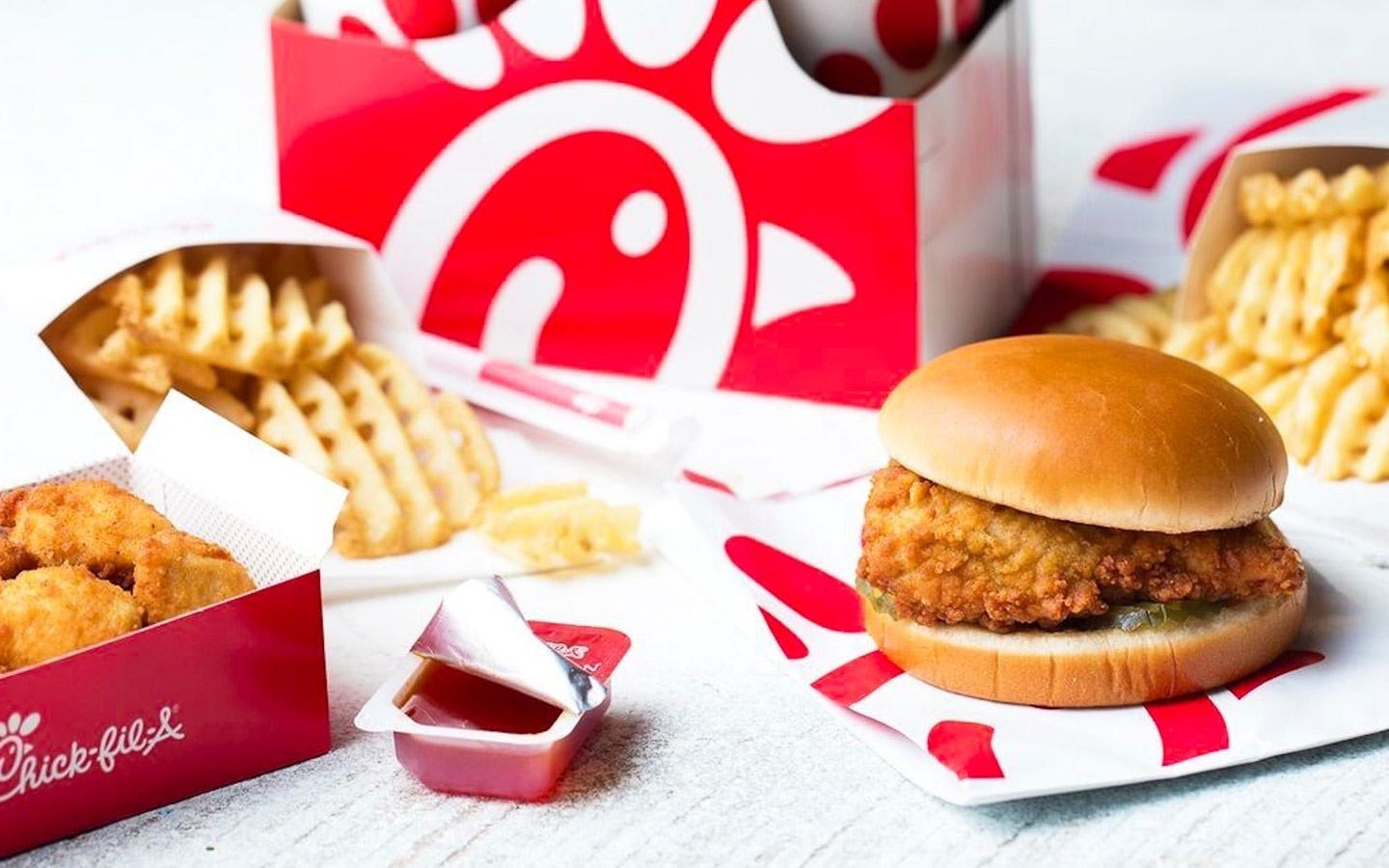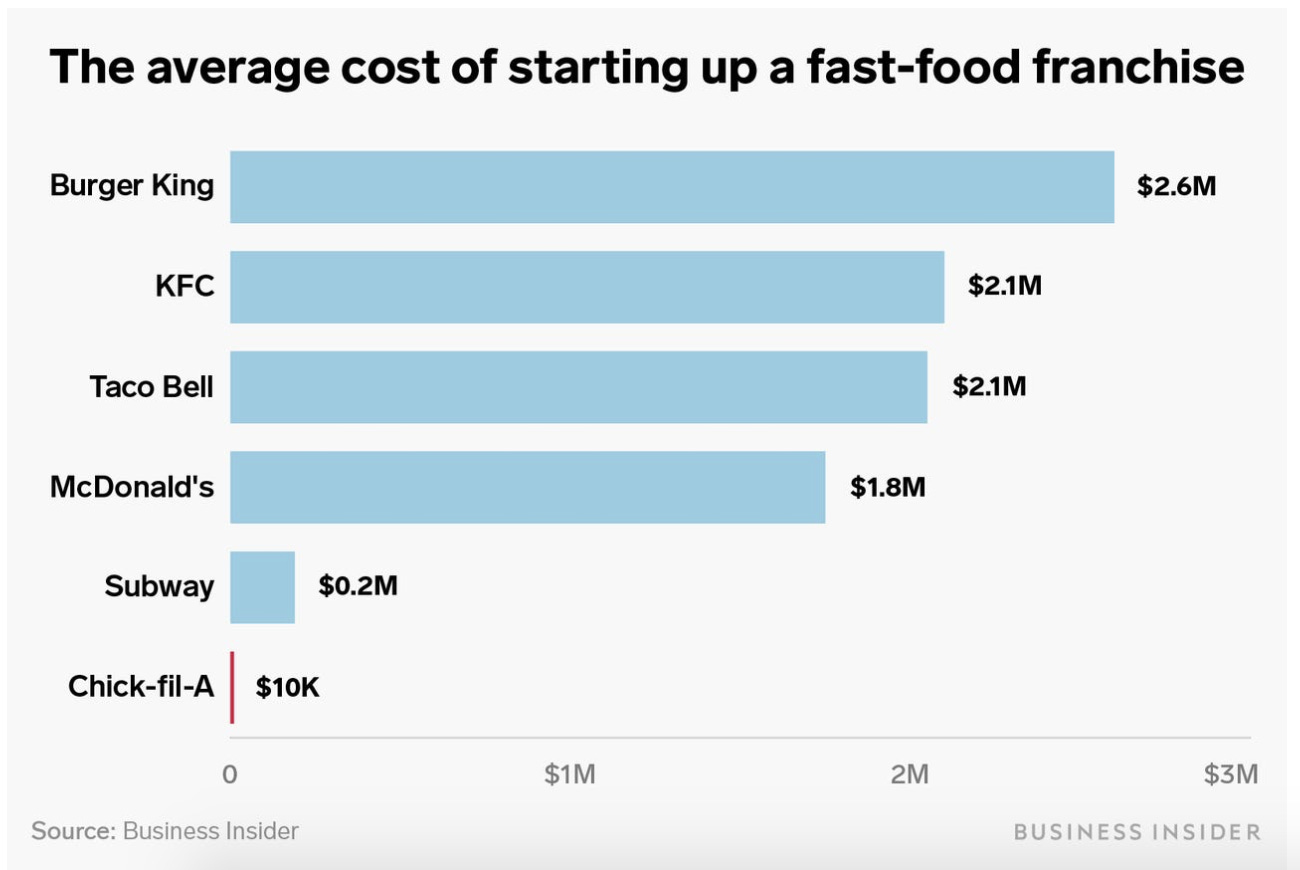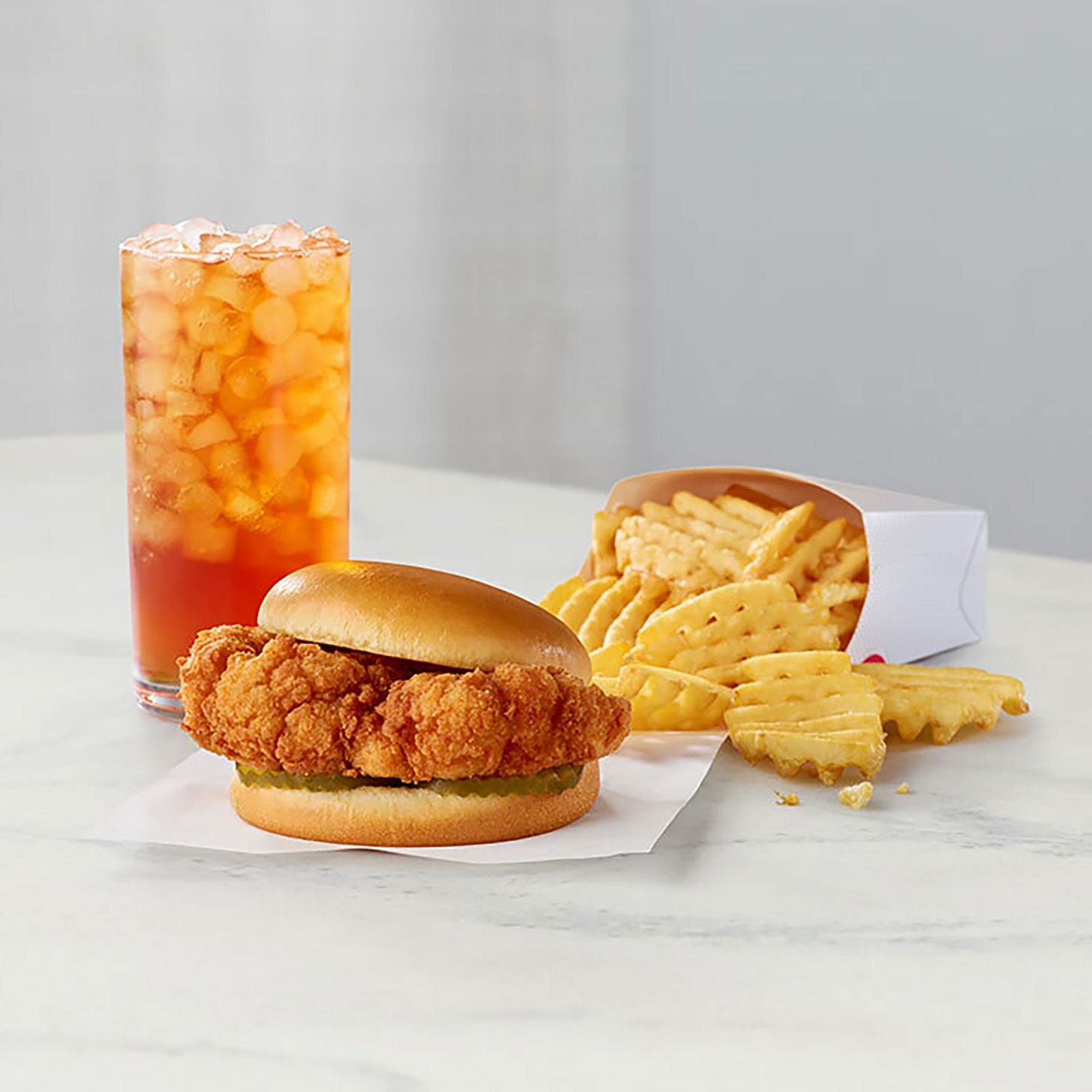The Secret Sauce: Decoding Chick-fil-A's Business Plan for Profitability in the Competitive Fast Food Industry
How has Chick-fil-A managed to achieve such remarkable success and profitability in the fast food industry, and what can other businesses learn from their unique business plan?
Introduction
Fast food has become an integral part of the American lifestyle, with over 50 million Americans eating at a fast-food restaurant each day. In such a competitive industry, some companies have stood out with their unique business models, and Chick-fil-A is one of such companies. Chick-fil-A is a typical example of a company that believes in “what is worth doing is worth doing well”. The business model is centered on customer service and providing a small-size menu. Unlike most restaurants with a wide range of food menus used as a strategy to attract a larger customer base, the Chick-fil-A business model remains laser-focused on selling chicken sandwiches.
The capital A in the name is referred to as “A-top quality,” and the emphasis on customer service has made the business one of the best fast food industries with commendable customer satisfaction. The business racks up billions every year with an average of 8% increment yearly. Chick-fil-A has shown that a successful fast-food business is not solely dependent on the variety of menu offerings. In this article, we will decode Chick-fil-A's business plan for profitability and provide insight into the success factors of this iconic brand.
A brief history of Chick-fil-A:
A restaurant was opened in 1946 by the former CEO S. Truett Cathy. The restaurant is located in Hapeville Georgia, which shares a close distance from the former Ford Motor Company Atlanta Assembly plant. The employees of the motor company were major patrons of the business. In 1961, Cathy stumbled upon a pressure fryer that could cook the chicken sandwich similarly to the time it took to cook a fast-food hamburger, thus he decided to venture primarily into the chicken sandwiches. He registered the brand and called it Chick-fil-A Inc. The company’s flagship menu item was the fried chicken sandwich as it also trademarked the slogan “We didn’t invent the chicken, just the chicken sandwich”. The company was the first national chain to flagship the fried chicken sandwich.
The sandwich became licensed in 1964 to over fifty eateries; unfortunately, in 1967, the right to sell the sandwich was withdrawn when the first stand-alone eatery was opened in Greenbriar Mall, Atlanta. From the ’70s and ’80s, the chain expanded by opening locations in malls’ food courts, to independently expand outward.
Chick-fil-A's Business Model:
Chick-fil-A's business model is centered on providing high-quality customer service and maintaining a small-sized menu. The business retains ownership of all its restaurants, while selected franchisees with an initial investment of $10,000 will also go through a series of meticulous training that qualifies them to operate the business. The company has been actively involved in major CSR (Corporate Social Responsibility) such as the Peach Bowl and the College football bowl played on New Year’s Eve in Atlanta, and as a key sponsor of both the SEC and ACC college athletics events.
How Chick-fil-A makes money:
Chick-fil-A makes money majorly from two sources: 15% of the total sales from the franchisees and also 50% from all their franchisees. The returns are one of the highest in the food chain industry. Chick-fil-A is quite different from other food chain industries in the way it operates its franchise. Other food chain industries operate by ensuring that the franchisees are valued at a certain net worth before paying a huge amount of money to use their brand name in exchange for a percentage cut in sales.
Chick-fil-A is quite the opposite as it has no minimum net worth requirements from the franchisee often referred to as operators, its franchise fee is as low as $10,000, and the fast-food chain covers all startup costs, including the real estate, construction, and equipment expenses. This unique business model has enabled Chick-fil-A to attract a diverse pool of franchise operators, ranging from first-time entrepreneurs to experienced business owners. Furthermore, the company invests heavily in training its operators and employees to maintain consistent and exceptional customer service across all its locations. All these factors have contributed to the remarkable success of Chick-fil-A and its growing dominance in the highly competitive fast-food industry.
Chick-fil-A’s Unique Selling Proposition
Chick-fil-A's unique selling proposition (USP) lies in its focus on providing excellent customer service and high-quality food. Unlike other fast-food restaurants that prioritize speed and convenience, Chick-fil-A emphasizes the customer experience, going as far as creating a team of employees dedicated to providing personalized service to each customer.
Another aspect of Chick-fil-A's USP is its limited menu. Rather than offering a wide variety of items, the company has focused on perfecting a small selection of signature items, namely its chicken sandwiches. This approach allows Chick-fil-A to streamline its operations and ensure that each item on the menu is of the highest quality.
Chick-fil-A's marketing and branding strategies also contribute to its success. The company has consistently maintained a family-friendly image, with its iconic "Eat Mor Chikin" cow campaign and its commitment to being closed on Sundays to allow employees to spend time with their families. These values have resonated with customers, who view Chick-fil-A as a trustworthy and reliable brand.
Chick-fil-A’s Key Activities
Chick-fil-A's key activities include:
Food preparation and service: This involves the preparation and service of high-quality food items, such as chicken sandwiches and nuggets, as well as sides and drinks.
Franchise management: Chick-fil-A's unique franchising model requires significant management and support from the company to ensure the success of its operators.
Marketing and advertising: The company invests heavily in marketing and advertising campaigns to promote its brand and attract new customers.
Customer service: Chick-fil-A places a high priority on providing excellent customer service, with dedicated teams focused on making each customer's experience memorable.
Chick-fil-A’s Key Resources
Chick-fil-A's key resources include:
Human resources: The company places a strong emphasis on recruiting and training employees who are committed to providing excellent customer service.
Intellectual property: Chick-fil-A's menu items and brand are protected by various trademarks and patents.
Supply chain: The company relies on a network of suppliers to provide high-quality ingredients and materials for its menu items.
Technology: Chick-fil-A has invested in technology to streamline its operations and improve the customer experience, such as mobile ordering and payment systems.
Chick-fil-A’s Key Partnerships
Chick-fil-A's key partnerships include:
Franchisees: The company works closely with its franchisees to ensure their success and the overall success of the brand.
Suppliers: Chick-fil-A relies on a network of suppliers to provide high-quality ingredients and materials for its menu items.
Non-profit organizations: The company partners with various non-profit organizations to support charitable causes, such as the Chick-fil-A Foundation, which focuses on youth and education initiatives
.
Conclusion
Chick-fil-A's success can be attributed to its laser-focused business model, commitment to excellent customer service, and unique franchising model. By prioritizing quality over quantity and investing heavily in its employees and customer experience, the company has managed to stand out in a highly competitive industry. Chick-fil-A's unique franchising model has also allowed it to maintain strict quality control and ensure the success of its franchisees. As the company continues to expand and innovate, it is poised to remain a dominant player in the fast-food industry for years to come.
📰👀💰 Don't miss out on valuable daily information about economics and finance! Subscribe to our free newsletter now and stay informed with our brief 2 to 5 minute reads. 😃👍 Don't forget to like this post by clicking the ❤️ under the title of the article so that these Infos can get recommended to more people.
Inspired by: businessmodelanalyst.com & statista.com & BusinessInsider
Disclaimer: Please note that I am not a financial advisor and the information provided is my personal opinion, and should not be taken as professional financial advice.












